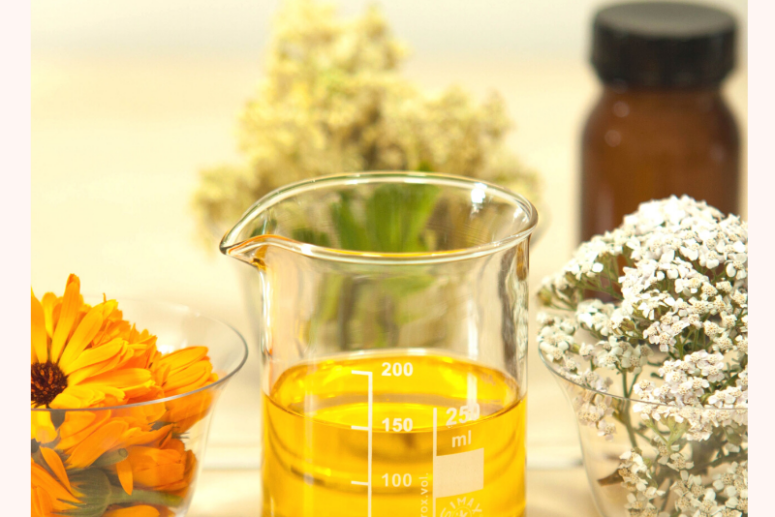Wait until I tell you about this wonder herb called anise!
Anise is a flowering plant in the Apiaceae family with “roots” in Southwest Asia and in the eastern Mediterranean. The seeds and oil from this herb are most commonly used to make medicine, but some people also use the roots and leaf part of anise. You can find or grind your own anise powder as a supplement as well! Anise has a semi-sweet taste and flavor almost like black licorice. This distinct flavor and fragrance of anise is sometimes used in natural soaps, lotions, and perfumes. I even read that the use of anise has been traced back to 1500 B.C. in Egypt!
And guess what?! Anise is a natural remedy for stomach aches and indigestion that can cause uncomfortable gas. The seeds contain an oil called anethole that can aid in food digestion. Anise also stimulates the production of gastric “juices” that make it easier for your body to regulate digestion without causing uncomfortable gas and pain. This powerful herb also contains anti-fungal properties that combat gas build-up and fermentation in the bowels.
How do you use it?
The most popular way to consume anise is in tea form! You can buy pre-made anise herbal tea from most health food stores, and you can also use the whole seeds to brew tea. Whole seeds can be chewed on their own, but if you’re not a fan of crunchy seeds, then I would recommend brewing a nice cup of anise herbal tea.
Ground or whole anise seeds can also be added to dough when baking and the extracted oil can be added to beverages for flavor. If you like the taste of licorice, then you will most likely love adding a hint of anise to foods of your choice.
I found ground and whole anise seeds, even powder online and in grocery stores. But with all of these benefits, why not grow your own.
Here’s what you need to know to grow:
Anise is simple to grow in places like Arizona! To get started, find a location with full sunlight and well-drained soil. Plant the seeds about a half inch deep. You will need to water anise until it progresses into a grown plant (about 6-8 inches high), and then you can gradually reduce irrigation. By this point, it can withstand periods of drought and dry weather, which makes it perfect to grow in desert-like climates! The best time to harvest your anise is when the flowers have gone to seed so that you can collect those seeds, dry them out and save some of them for more planting!
Email us and let us know how you use anise!




